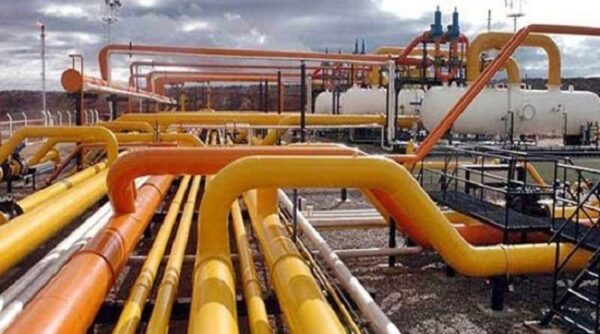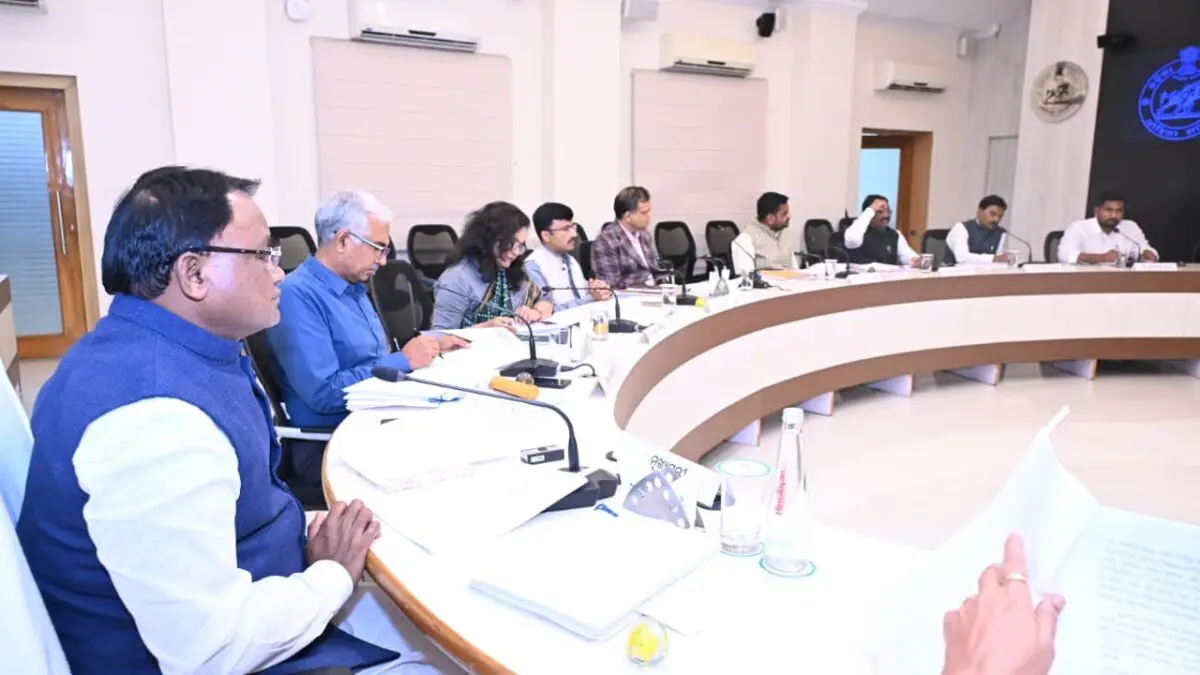97.6% Work Completed on Jagdishpur-Dhamra Gas Pipeline: GAIL

GAIL (India) Limited has announced significant progress on the Jagdishpur-Haldia-Bokaro-Dhamra Natural Gas Pipeline (JHBDPL), one of the country’s most ambitious energy infrastructure projects. As of now, 97.6% of the pipeline’s construction has been completed, with 96.6% of the completed segments already operational and supplying natural gas to various industries and cities.
The pipeline project is a part of the government’s Pradhan Mantri Urja Ganga Yojana, aimed at bringing clean energy access to the eastern and northeastern regions of India. With a total planned length of 3,306 kilometers, the pipeline spans six states — Uttar Pradesh, Bihar, Jharkhand, Odisha, West Bengal, and Assam. Of this, 3,227 kilometers have already been laid, and 3,119 kilometers are currently in use.
The network includes several critical stretches such as the Phulpur-Dobhi-Bokaro-Durgapur, Bokaro-Angul-Dhamra, and Dobhi-Barauni-Guwahati sections, all of which are now commercially operational. The Barauni-Guwahati pipeline has also been integrated into this project to extend its reach into the northeastern region.
According to GAIL, the pipeline is currently transporting approximately 12.26 million standard cubic meters of gas per day. This gas is being supplied to four fertilizer plants, two oil refineries located in Barauni and Paradip, various industrial units, and 32 City Gas Distribution (CGD) networks.
Major urban centers including Varanasi, Patna, Ranchi, Jamshedpur, Bhubaneswar, Cuttack, and Kolkata are among the key beneficiaries of this pipeline. In the Durgapur-Haldia stretch, which is 294 kilometers long, gas is already flowing through 132 kilometers up to Kolkata. Of the remaining 162 kilometers, 103 kilometers of the pipeline has been completed. Meanwhile, in the Dhamra-Haldia section, which spans 240 kilometers, 198 kilometers of pipeline laying is complete.
Once fully operational, the JHBDPL project is expected to significantly boost industrial growth, support cleaner energy adoption, and enhance energy security in underserved regions. It also aligns with India’s broader goals of transitioning to a gas-based economy and reducing carbon emissions through the expansion of natural gas infrastructure.








